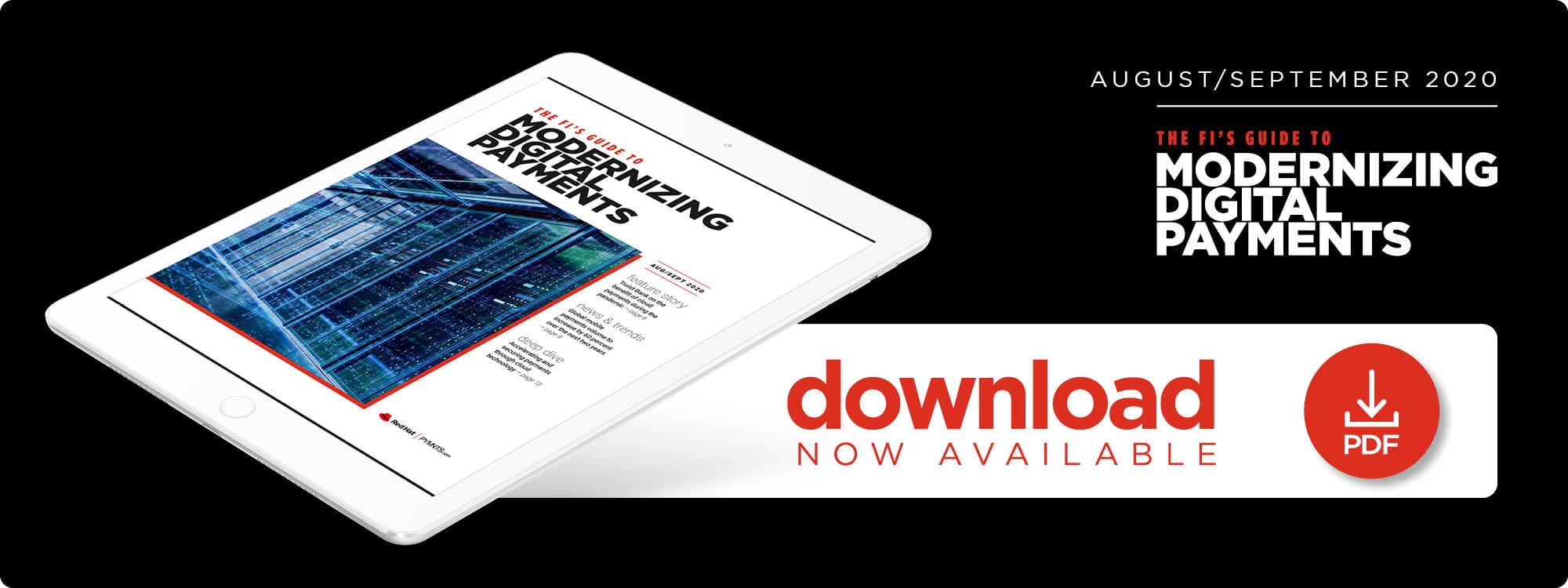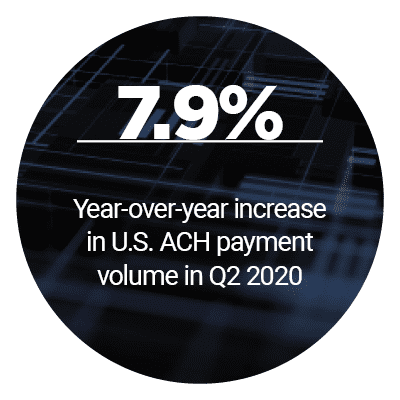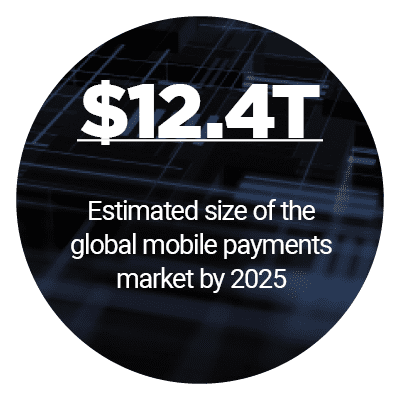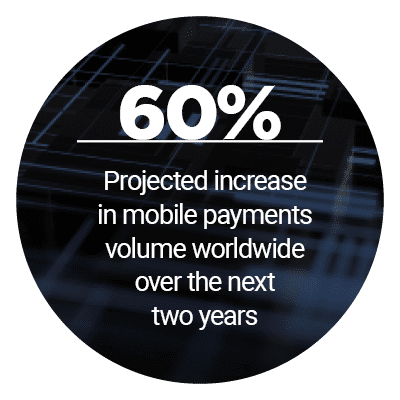
 Instant payments are in higher demand than ever in 2020, with ACI Worldwide estimating that more than 500 billion real-time payments will be processed over the next five years.
Instant payments are in higher demand than ever in 2020, with ACI Worldwide estimating that more than 500 billion real-time payments will be processed over the next five years.
India currently leads in terms of transaction volume, processing 15.3 billion real-time payments in 2019 and an expected 52.8 billion by 2024.
Banks face a number of obstacles in providing these instant payments, including the risk of fraud. Cloud payments systems are growing popular as a means to quickly provide fast and secure transactions, with the four largest banks in the United States leading the charge and 54 percent of other businesses planning to follow suit over the next few years.
In the August/September edition of The FI’s Guide To Modernizing Digital Payments, PYMNTS explores the latest in the world of payments modernization, including the skyrocketing popularity of cloud payments systems and how these payments are becoming particularly useful during the pandemic.
 Developments From Around The World Of Payments Modernization
Developments From Around The World Of Payments Modernization
Mobile payments volume has seen an upswing in recent years, and this growth is not expected to subside in the coming years. A recent study by G2 Crowd estimated that this volume will increase by 60 percent over the next two years, driven by both in-house mobile banking apps as well as third-party payment apps created by FinTechs. Many of these payments will be made through Payments-as-a-Service (PaaS) platforms, which are reaping the dividends of this popularity to the tune of $22.6 million in 2019, up from $13.8 million two years prior.
Many new players are entering the payments space looking to take advantage of this growth, including tech giant Microsoft, which recently entered into a partnership with Mastercard to accelerate the latter’s research and development wing Mastercard Labs. Mastercard will harness Microsoft’s Azure cloud computing platform for its own cloud computing payments capabilities, including expanded digital payments offerings for smartphones. Underbanked individuals are expected to particularly benefit from these new programs, according to a Mastercard spokesperson.
Google Pay is also expanding its instant payments portfolio by partnering with six financial institution (FI) partners to add digital banking to its collection of services. Customers of BankMobile, BBVA USA, BMO Harris, Coastal Community Bank, First Independence Bank and SEFCU will be able to access their savings and checking accounts through Google Pay’s app, which will leverage Google’s front-end interface and the partner FIs’ back-end infrastructure for banking.
For more on these and other payments modernization news items, download this month’s Tracker.
How Truist Bank Deploys Cloud Systems To Enable Instant Payments
Retail and corporate FI customers are becoming ever more demanding when it comes to their payments’ convenience and speed, especially as COVID-19 makes instant payments more necessary than ever. Cloud-based payments systems could be key to meeting these expectations, according to Truist Bank Chief Information Officer Bryce Elliott.
In this month’s Feature Story, Elliott explains how these cloud systems offer the security, scalability and speed needed to meet increasingly exacting customer demands.
 Deep Dive: Why Banks Are Harnessing The Cloud To Accelerate, Secure Payments
Deep Dive: Why Banks Are Harnessing The Cloud To Accelerate, Secure Payments
Banks, businesses and consumers are pushing harder for instant payments than ever before, but they are fraught with obstacles, including regulatory clearances, sluggish transaction times and the risk of fraud. Cloud payments systems that leverage data encryption, multifactor authentication and direct connections can alleviate these challenges, and FIs of all types are partnering with FinTechs to make these systems a reality.
This month’s Deep Dive explores why adoption of cloud payments is surging, even by the four largest banks in the U.S.
About The Tracker
The FI’s Guide To Modernizing Digital Payments, done in collaboration with Red Hat, is your go-to monthly resource for updates on trends and changes in payments modernization.